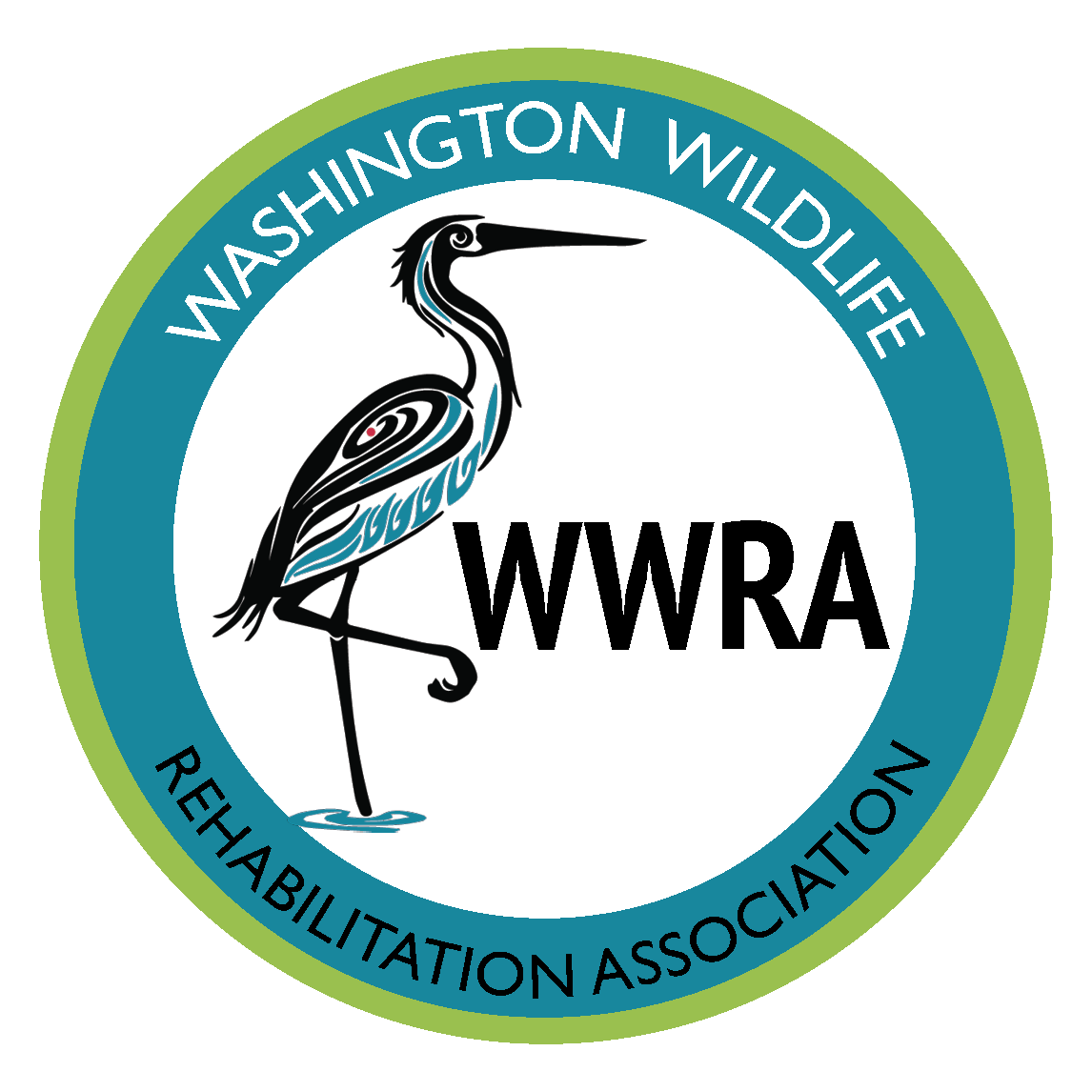Managing Wildlife Emergencies
Wildlife at the Vet Clinic
When people find injured or orphaned animals of any species, they often first turn to a veterinary clinic for guidance. Sometimes they call ahead for help, but sometimes they just show up with the animal in tow. In either case, does your clinic have a plan? What will you do?
Find a Wildlife Rehabilitator
Whenever possible, get your local wildlife rehabilitator involved as soon as possible. They will be happy to guide the public through their wildlife scenarios or provide you with answers to any questions you may have regarding the animal in question. To find the nearest permitted wildlife rehabilitator near you, click here.
Sometimes the rehabilitator is not available when you need them or they are too far away. How will you deal with that situation?
Use the AVMA Wildlife Decision Tree
The AVMA developed a one-page wildlife management decision tree for veterinary hospitals (below). The goal of the tree is prepare clinicians and their staff (ideally in advance) for the nuances involved in wildlife scenarios. Additional resources regarding euthanasia, diseases, reporting, and more are available on the AVMA website.
Before the Rehabilitator Arrives
When the situation is emergent or if there is a delay in getting the animal to wildlife rehabilitator, the animal may require care in the meantime. In Washington (WAC 220-450-070), veterinarians without a rehabilitation permit are allowed to provide stabilizing care for up to 48-hours before arranging transfer to a wildlife rehabilitator. Veterinarians are also allowed to euthanize wildlife for humane reasons.
To be prepared in this scenario, check out our recommended references.



